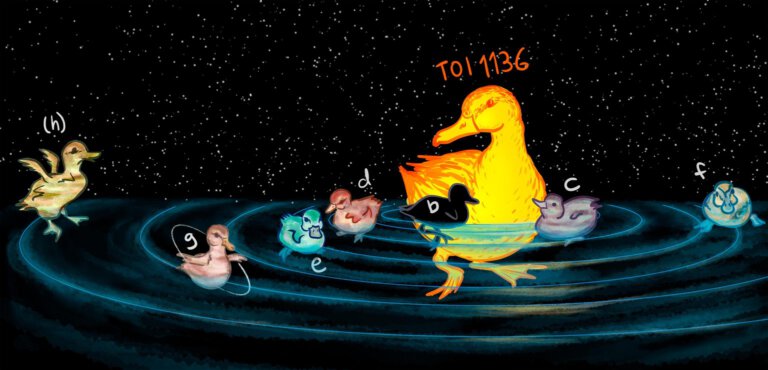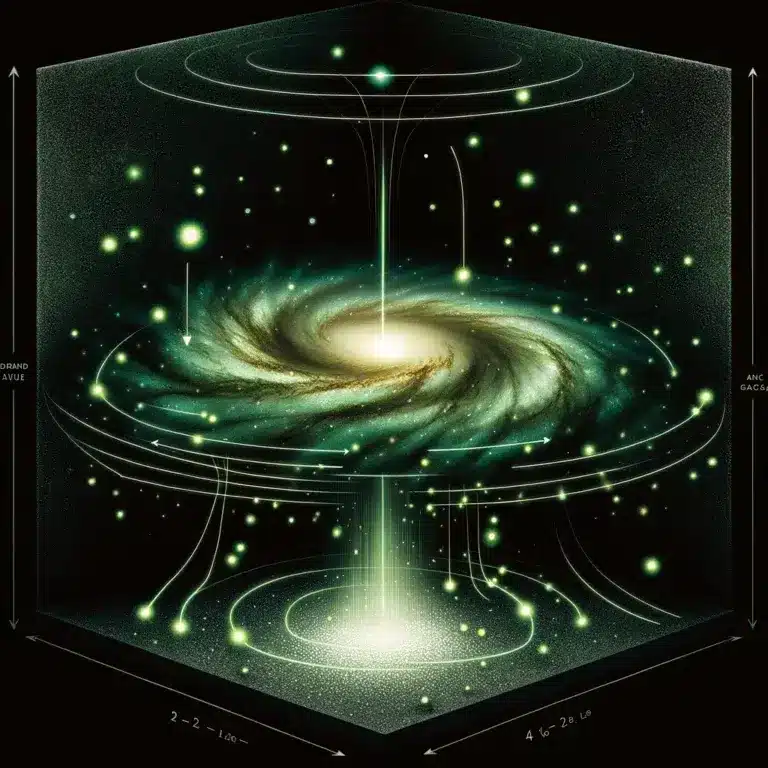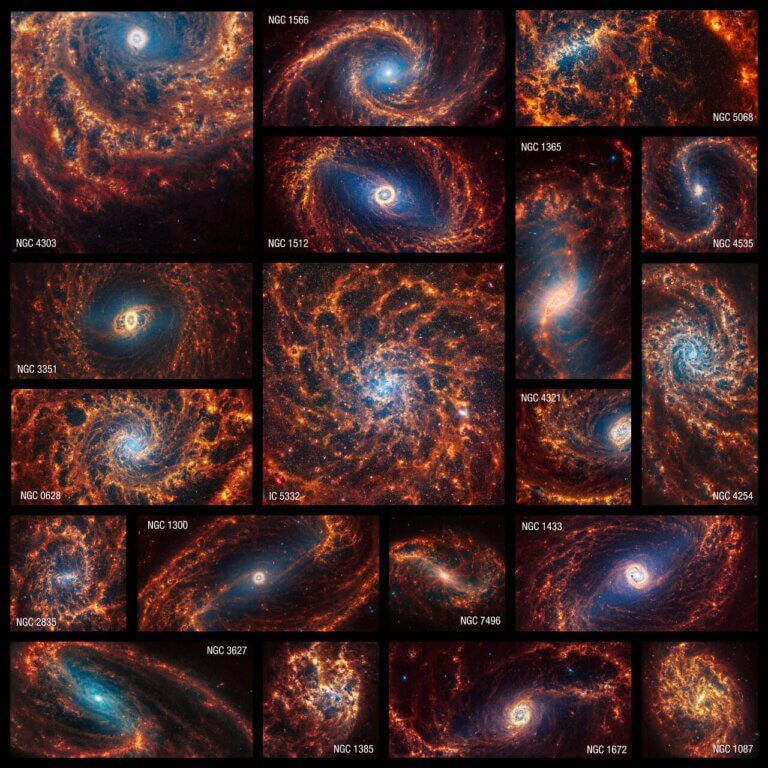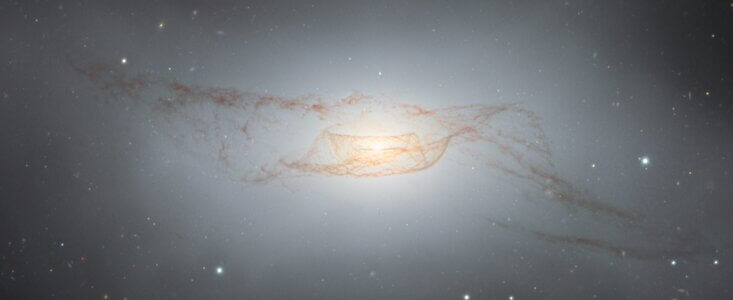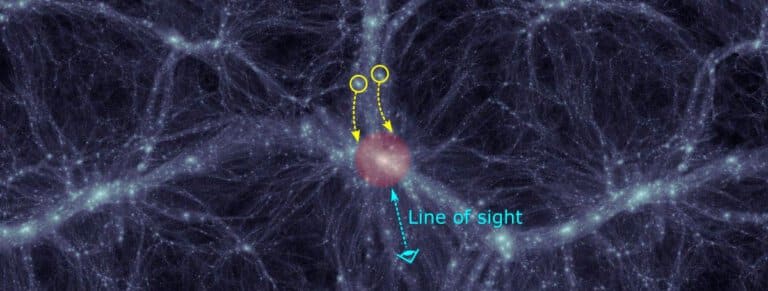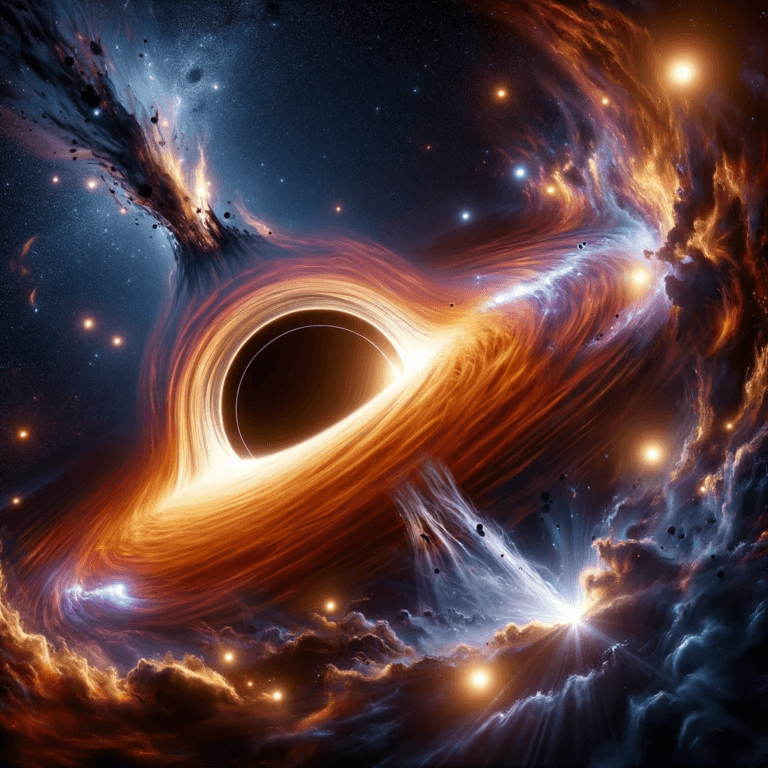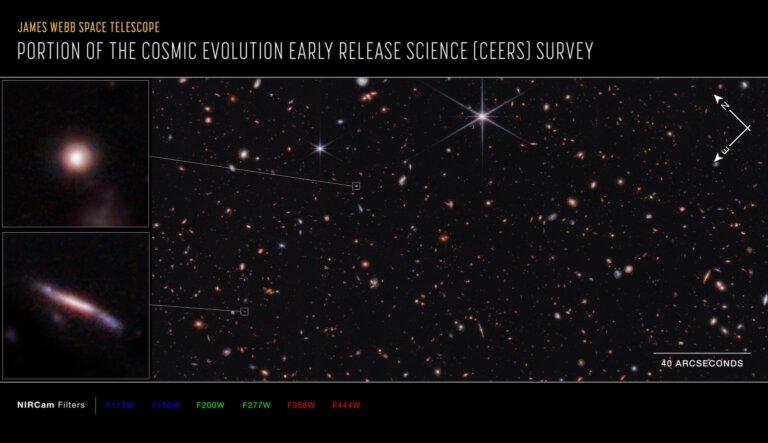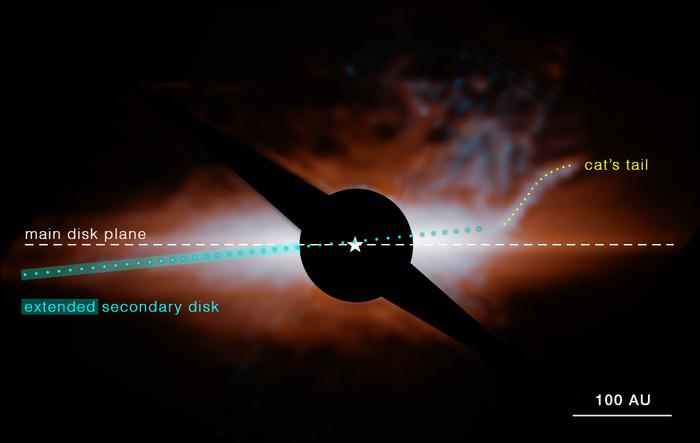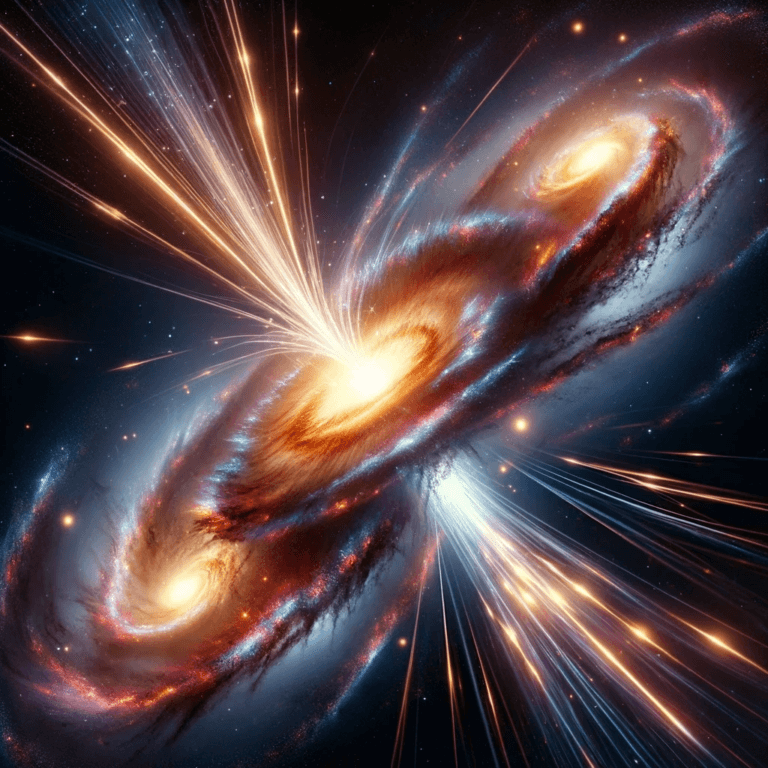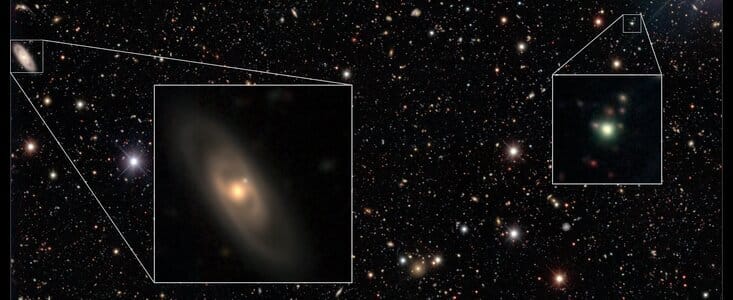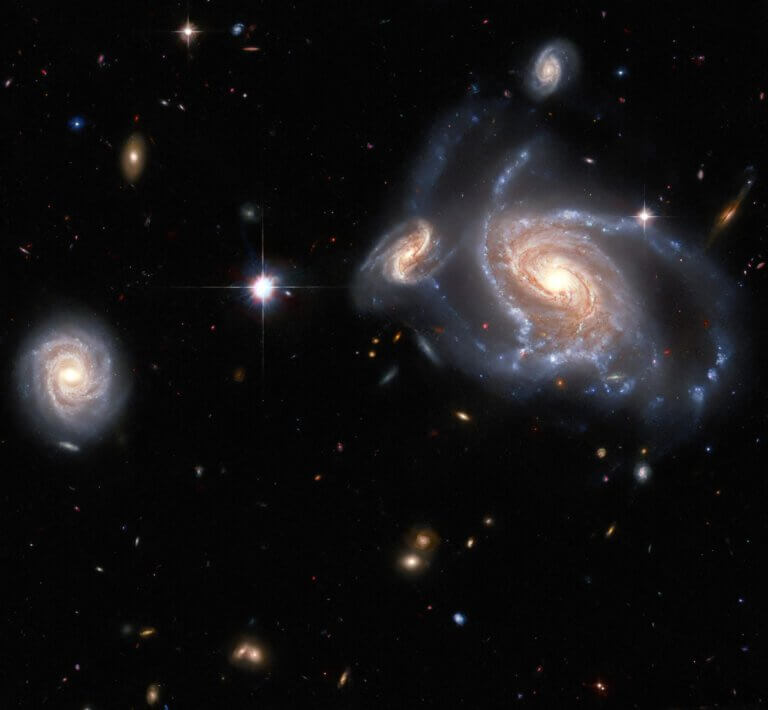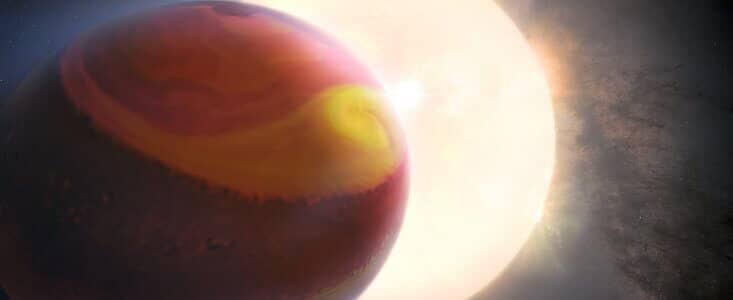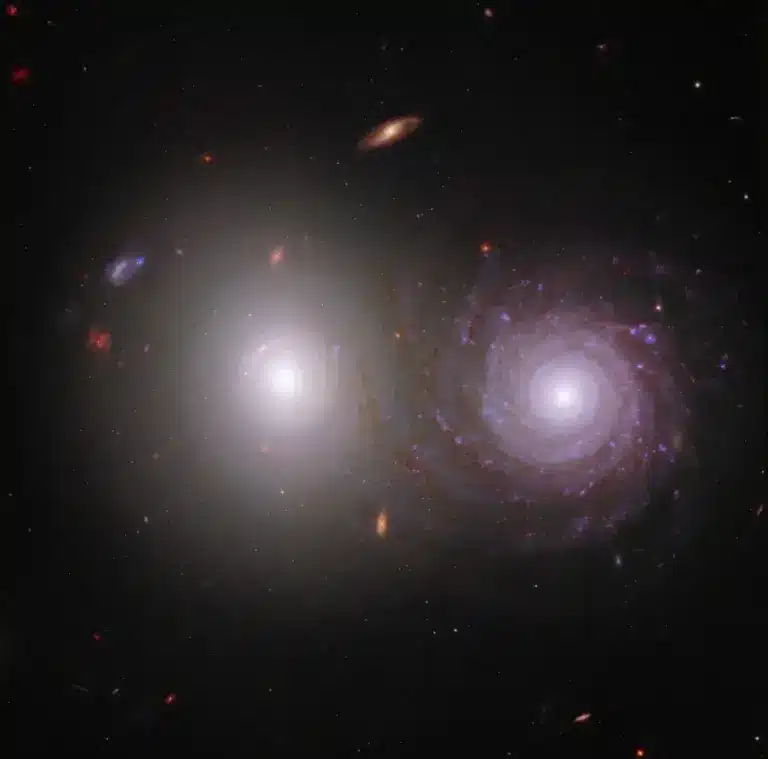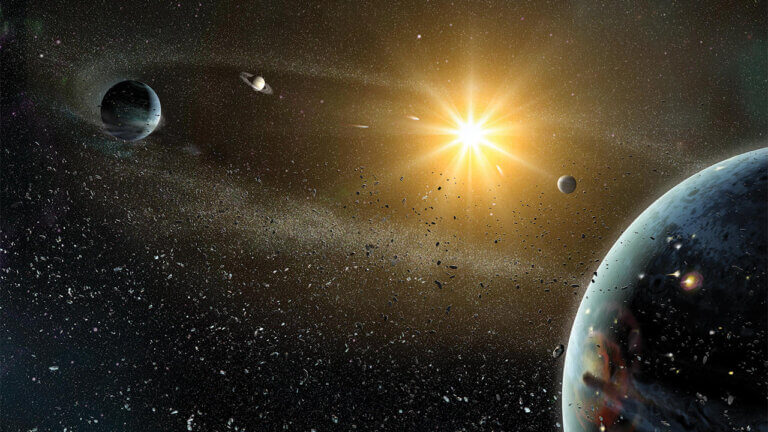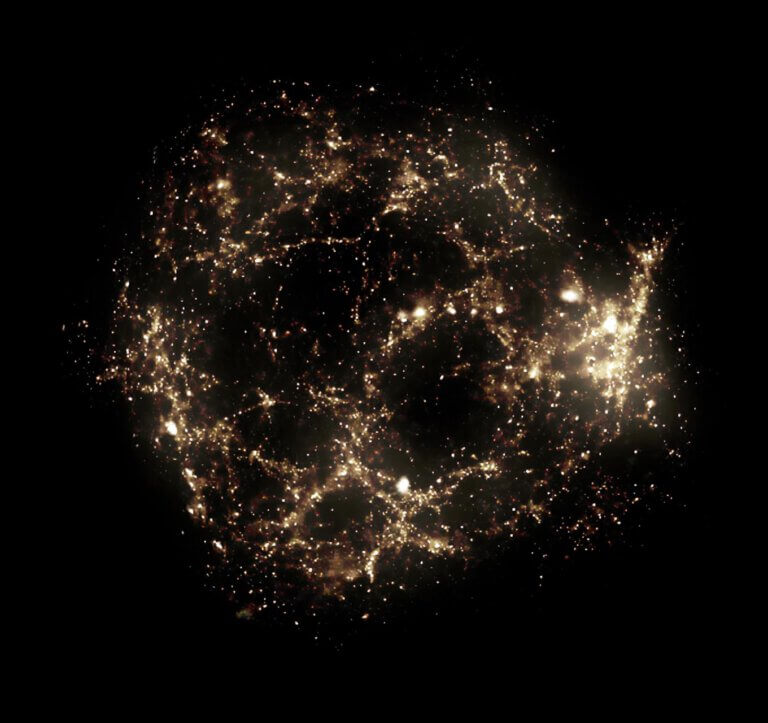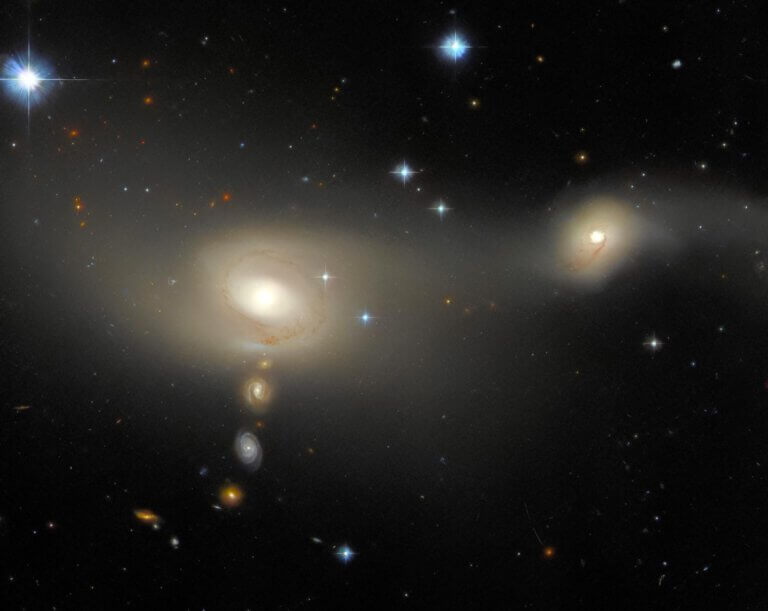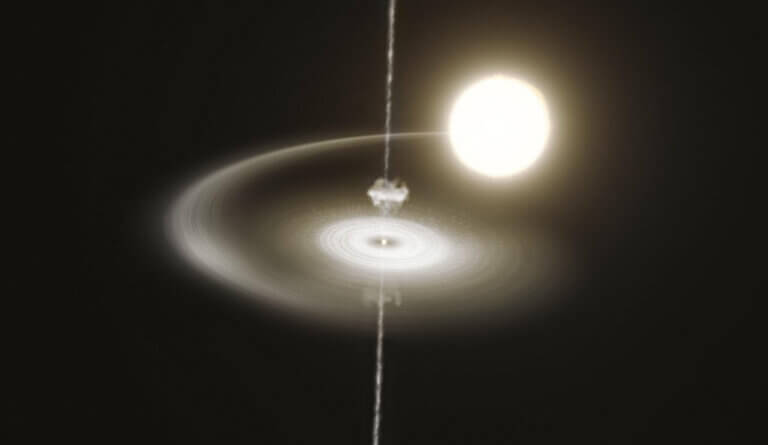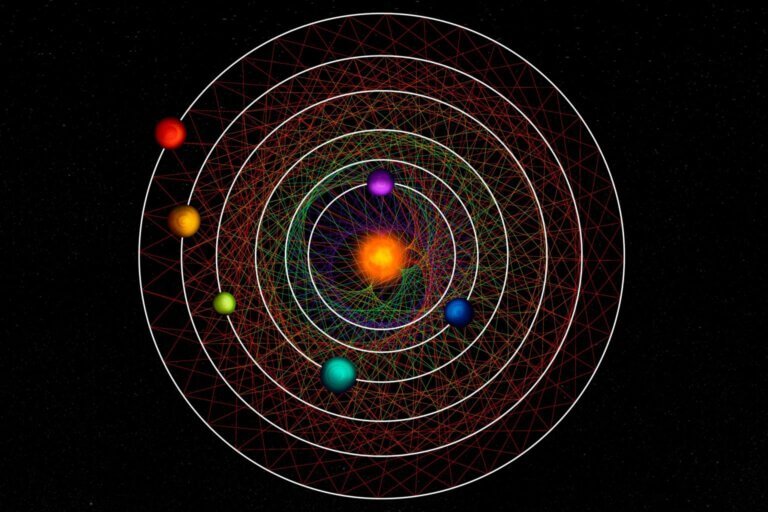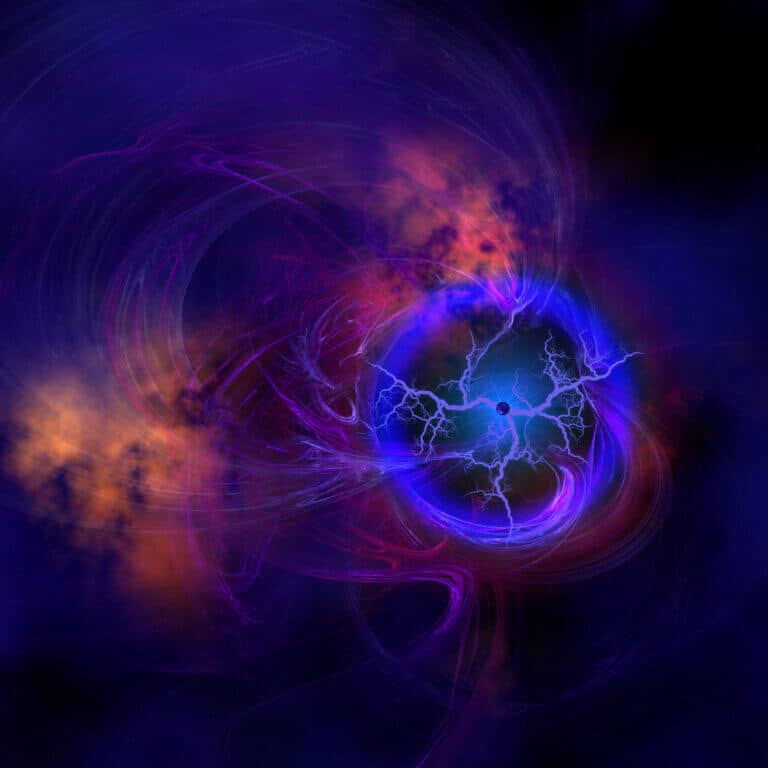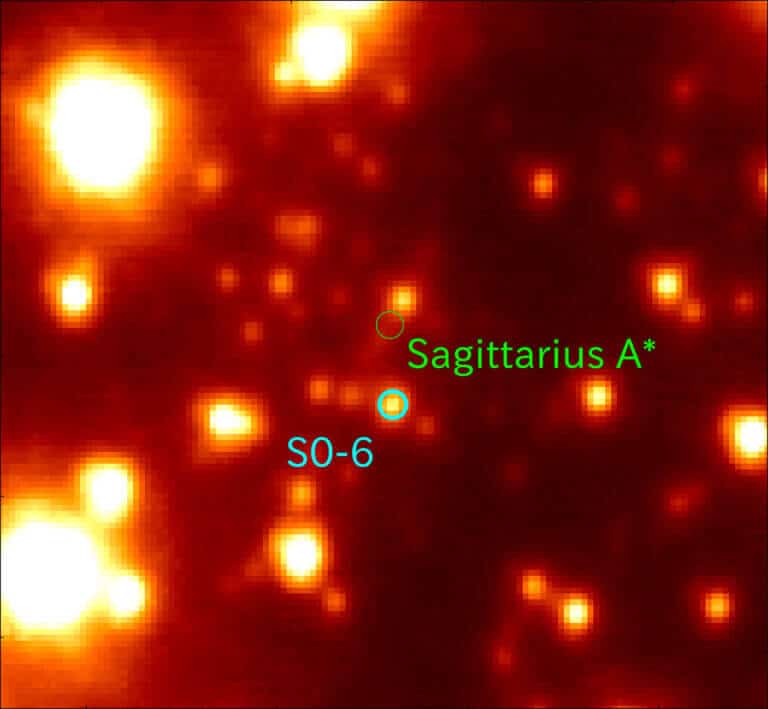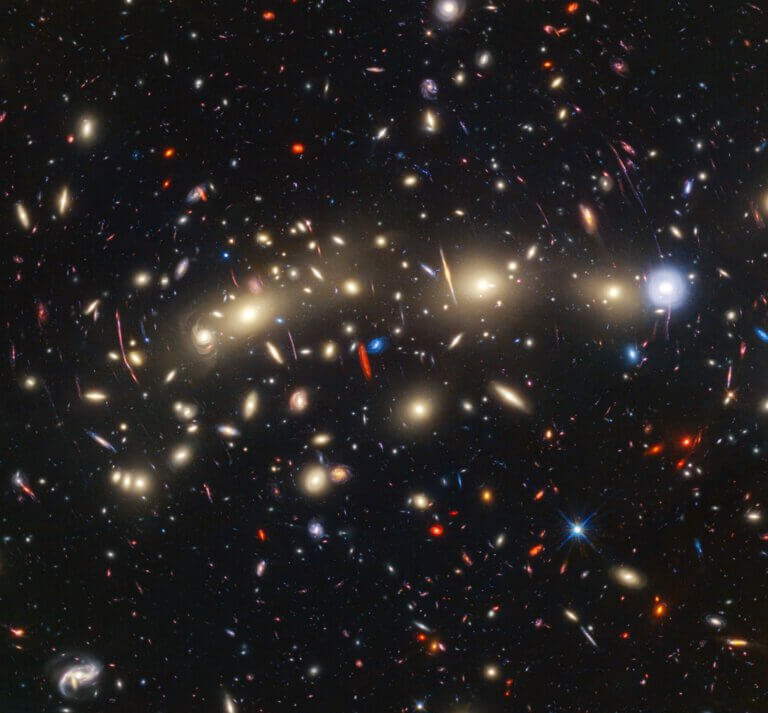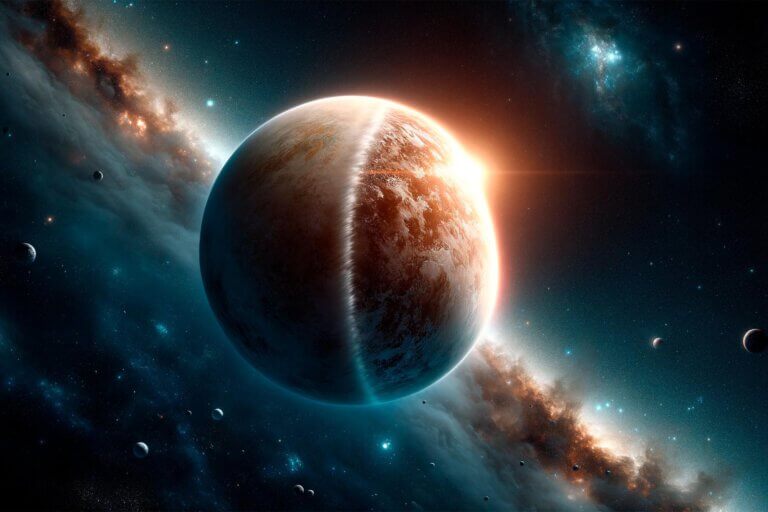Hayadan > Space and astronomy > Astrophysics > Page 2
Astrophysics
- Avi Blizovsky
- February 9, 2024
- One response
A newly discovered solar system with six confirmed extrasolar planets and a possible seventh increases astronomers' knowledge of star formation and evolution
- The science service
- February 7, 2024
- 5 תגובות
Researchers measure the speed and mass of dark matter by studying warped galaxies affected by dynamic friction caused by dark matter
- Avi Blizovsky
- January 31, 2024
- 3 תגובות
These are relatively close galaxies that face the Earth. The research reveals new details about the way galaxies are formed
- Avi Blizovsky
- January 30, 2024
- No comments
NGC 4753 was discovered in 1784 by astronomer William Herschel and has some fascinating features. In this image, the complex dust lanes of the galaxy are a spectacular sight. NGC 4753 is about 60 million light-years away in the constellation Virgo
- Avi Blizovsky
- January 29, 2024
- 7 תגובות
Motions of satellite galaxies around groups and clusters of giant galaxies could provide valuable insights into their evolution. The observations of such motion provide crucial clues about the age of the universe
- Avi Blizovsky
- January 28, 2024
- No comments
Intermediate-mass black holes (IMBHs) are a cosmic enigma, their very existence and mechanisms of formation shrouded in mystery
- Avi Blizovsky
- January 23, 2024
- 4 תגובות
The first galaxies were much less developed than the spiral and spherical galaxies that exist today, which are actually the result of mergers, both because of the stage of development but also because of the conditions that prevailed at the time
- Avi Blizovsky
- January 16, 2024
- No comments
Beta Pictoris is a solar system in the making and relatively close so that the gas disks can be seen. It turns out that Webb was able to discover a structure that was not noticed in photographs with less sensitive instruments, thus he discovered a disk of gas tilted from our main disk and because of our vantage point it looks like a cat's tail
- Avi Blizovsky
- January 15, 2024
- 3 תגובות
"Astronomers discover that the fastest radio burst ever observed came not from a single galaxy, but from a group of merging galaxies"
- Avi Blizovsky
- January 13, 2024
- 40 תגובות
Among the observations of about two million distant galaxies, the researchers found several thousand supernovae, and this is the largest and deepest sample of supernovae ever obtained with a single telescope. The scientists then used advanced machine learning techniques to help classify the supernovae
- Avi Blizovsky
- January 8, 2024
- 5 תגובות
The two-dimensional reflection of the galaxies in the night sky does not say much about the real distances between the galaxies and between them and the Earth
- Avi Blizovsky
- January 6, 2024
- No comments
An international team of astronomers compiled and reprocessed observations of the extrasolar planet WASP‑121 b collected by the Hubble Space Telescope in 2016, 2018 and 2019 and noticed weather patterns on its surface. It is a hot Jupiter-type planet - that is, on the order of Jupiter but very close to its sun
- Avi Blizovsky
- December 30, 2023
- 10 תגובות
A new theoretical analysis puts the probability that massive neutron stars harbor non-configurational quark nuclei between 80 and 90 percent. The result was achieved through massive computer runs using Bayesian statistical inference.
- Avi Blizovsky
- December 25, 2023
- 2 תגובות
Astrophysicists have discovered why spiral galaxies like our Milky Way are rare in the supergalactic plane, a dense region of our local universe
- Avi Blizovsky
- December 24, 2023
- 2 תגובות
Jupiter, the largest planet by far in our solar system, plays an important protective role. Its enormous gravitational field deflects comets and asteroids that might otherwise hit Earth, helping to create a stable environment for life to exist. But giant planets elsewhere in the universe don't necessarily protect life in their smaller, rocky neighbors.
- Avi Blizovsky
- December 23, 2023
- 4 תגובות
The "mourning tension" in cosmology has recently raised questions about the standard cosmological model
- Avi Blizovsky
- December 20, 2023
- 2 תגובות
Two of these galaxies close to each other are a rare type of emission line galaxies, because they are undergoing a massive process of new star birth. The others are at different distances but line up nicely in this Hubble shot
- Avi Blizovsky
- December 16, 2023
- 4 תגובות
The team identified 1,519 candidate signals that could not be attributed to radio frequency interference. After algorithmic processing, matching the signal properties with known disturbances, and extensive visual inspection, no convincing evidence of technological signatures was found.
- Avi Blizovsky
- December 16, 2023
- No comments
Astronomers have deciphered the strange behavior of the pulsar J1023+0038. This pulsar, which rapidly transitions between two brightness states, emits material in sudden bursts that cause these transitions. Thanks to this breakthrough, which included extensive observations and analyses, we better understand the dynamics of pulsars.
- Avi Blizovsky
- December 14, 2023
- 2 תגובות
An international team of astronomers discovered a system of six planets orbiting the star HD110067 in a unique harmonic resonance
- The Voice of Science website - the Israel National Science Foundation
- December 12, 2023
on the research effort to decipher the essence and properties of dark matter, by measuring interactions between it and other matter particles
- Avi Blizovsky
- December 10, 2023
- No comments
Research by an international team led by Shogo Nishiyama at Miyagi University shows that some of the stars closely circling the black hole at the center of the Milky Way galaxy may have come from further away than previously thought, completely outside the Milky Way.
- Avi Blizovsky
- December 5, 2023
- 6 תגובות
The stunning image represents one of the most comprehensive views of the universe ever taken, revealing a rich landscape of galaxies along with more than a dozen variable objects discovered for the first time
- Avi Blizovsky
- December 3, 2023
- 5 תגובות
- Avi Blizovsky
- December 2, 2023
- 5 תגובות
Researchers have found that certain planets outside the solar system are shrinking due to the loss of their atmosphere

